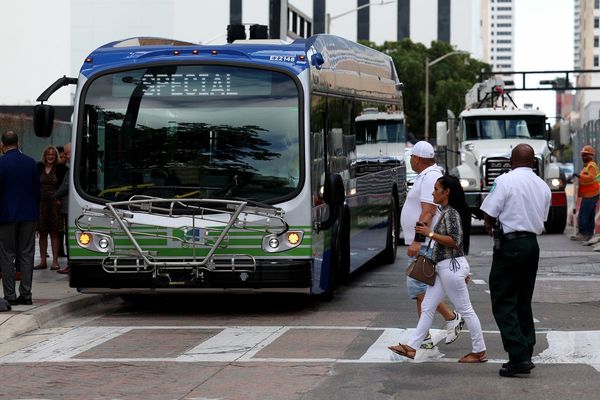The London Ambulance Service (LAS) expects Londoners to make 5 million 999 and 111 calls a year by 2028, as its chief executive warned that the capital’s ageing population is “placing unprecedented demands” on the NHS.
Officials estimate that call handlers will receive around 400,000 more emergency calls every year – the equivalent of an extra 1,000 calls a day.
The figures came as the service on Tuesday unveiled its five-year strategy, which includes a pledge to treble the number of specialist paramedics and a renewed focus on tackling health inequalities in the capital.
As part of its “Three Missions”, the LAS will aim to answer 999 calls in less than ten seconds and be with a patient within seven minutes for the most urgent Category One calls. For chest pain and strokes, which fall under Category Two, crews will aim to arrive within 18 minutes.
Under the plans, patients who do not require an immediate ambulance response will receive a telephone assessment from a clinicians within 30 minutes.
The latest NHS figures show that crews took an average of 7 minutes and 23 seconds to respond to Category One calls in August and an average of 34 minutes and 11 seconds to arrive to Category Two calls.
In its strategy document, the LAS warn that an ageing population will place its services under heightened pressure. The number of people aged over 70 in London have almost six times more ambulance attendances per person than those aged under 70, according to the LAS.
The LAS expect to receive 2.4 million 999 contacts every year by 2028, representing a 3 per cent year-on-year growth.
Demand is also higher in more deprived boroughs, with crews attending to 13 incidents per 100 residents in the poorest areas compared to 8 incidents in the wealthiest areas.
Handover delays continue to represent a challenge for the LAS amid severe pressure on the capital’s A&E departments. The average handover time for crews was 31 minutes last year, 11 minutes longer than in 2018. Delays in handing over a patient mean that paramedics cannot respond to calls in the community.
The LAS also plan to play a greater role in public health and prevention, with an extra 100,000 Londoners to be trained in basic life-saving skills. The service hopes to train a generation of secondary school children in CPR, and what to do if a friend is a victim of knife crime.
A new app will be developed so that paramedics can know what happens to a patient once they reach hospital, helping them to develop confidence in the clinical judgments they make at the scene.
Daniel Elkeles, the LAS’ chief executive, told the Standard: “London is a thriving, vibrant city. But its growing population is placing unprecedented demands on our health and social care infrastructure. We can’t manage this level of demand by standing still if we want to keep London healthy.
“Our new five-year strategy sets out our commitment to London: we will be there for you should you ever need us. It’s also a rallying call to our partners, especially those in the NHS, that we must find new ways of working together both to deliver care and to stand any chance of tackling the health inequalities that still exist in 21st century London.”









